Envoi de Thomas
Days / Faire un truc par jour
–
Faire un truc par jour
« C’est comme si je me sentais plus léger en notant tout sincèrement » – S Maraï
Étiquette : perruque
WIG Pour Messieurs
J’ai volé ça Là. Horreur j’ enlève le lien qui mène à une cascade d’imbécillités où nous sommes gagnants de je ne sais quoi. Ouf!
Bon bon , mas parfois l’orthographe est un peu étrange??? » : l’Econnomme » etc….
The a L’Adorable was a gentleman’s wig, popular around 1757, with ornately tied side panels covering the ears and a long back.
The a L’Anvieu was a gentleman’s wig, popular around 1757, with the side panels covering the ears, tied to form horizontal bars of hair, and a long back.
The a L’Aventure was a gentleman’s wig, popular around 1757, with the side panels covering the ears, tied at the bottom into three rows of buttons, and a long back
The a l’Econnomme was a man’s wig of the mid-18th century.
The a l’Elephant was a man’s wig of the mid-18th century.
The a l’enfant was a 1770’s man’s style of wig with a flat top, curls at the front and at each side, long straight hair at the back with curls at the end hanging to look natural.
The a l’Entiquitee was a man’s wig of the mid-18th century.
The a l’Impassiant was a man’s simple style of wig from the 1750’s.
The a l’Inconstance was a man’s wig of the mid-18th century. The hair was swept back and tied at the back level with the shoulder, and the side of the wig had four bands of alternating curled hair decorations.
The a l’Indiference was a man’s wig of the mid-18th century. The wig consisted of a more natural look than the a L’Inconstance of the same period,
with the hair similarly brushed back and tied at the back of the neck in a ribbon bow, and the sides adorned with three rows of curled hair.
The a l’Italienne was a man’s wig of the mid-18th century. The wig consisted of hair swept back and tied in a ribbon bow at the back of the neck, the sides of the wig
being decorated with rows of tight curls of hair.
The a l’ordinaire was a man’s style of wig from the mid-18th century.
The a l’oyseau royal was a man’s style of wig from the mid-18th century.
The a la brush was an 18th century short cut hair style for men.
The a la Dragonne was a mid-18th century men’s style of wig with the hair worn long and tied back with a ribbon at the top of the shoulders and two vertical curves over each ear.
The a la Jacobine was a women’s hair style popular around 1791. The cut was a short, and simple style, though radical and hence named after the radical French political club
The a la Jalouise was a man’s wig of the mid-18th century. The wig consisted of a more natural look than the a L’Inconstance of the same period, with the hair similarly brushed back and tied at the back of the neck in a ribbon bow, and the sides adorned with three rows of knotted hair..
The a la Jalousie was a man’s wig popular during the mid-18th century. As with other wigs of the period the a la Jalousie comprised hair brushed back and tied at the back of the neck with a ribbon bow, the sides were then decorated with knots of hair.
The a la Legere was a man’s wig of the mid-18th century.
The a la lunatique was a man’s style of wig from the mid-18th century.
The a la Maitre d’hotel was a man’s style of wig from the mid-18th century.
The a la mousquetaire was a man’s style of wig from the mid-18th century.
The a la nouvelle mode was a man’s style of wig from the mid-18th century.
The a la Parisiene was a man’s style of wig of the mid-18th century.
The a la plut tot fair was a man’s style of wig of the mid-18th century.
The a la port Mahon was a man’s style of wig of the mid-18th century.
The a la prudence was a man’s style of wig of the mid-18th century.
The a laparesseuse was a man’s style of wig from the mid-18th century.
NOTES
orson Welles au Pays Basque
In 1955 the BBC asked Orson Welles to complete a quaint series of documentaries which were labeled « Around the World with Orson Welles.
Histoire des modes Françaises ou révolution du costume en France
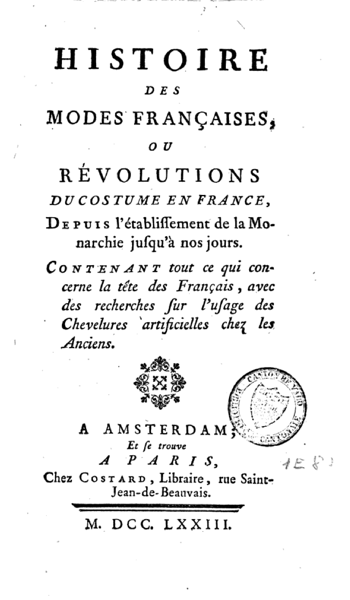
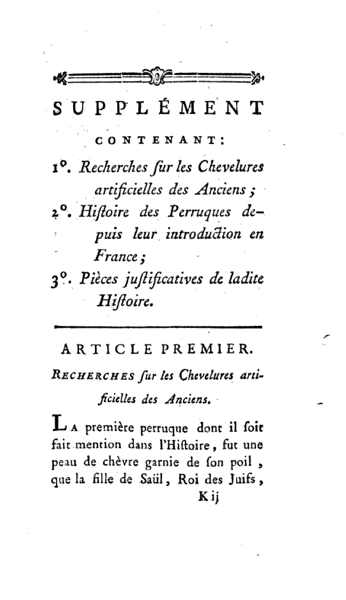
MY WIG
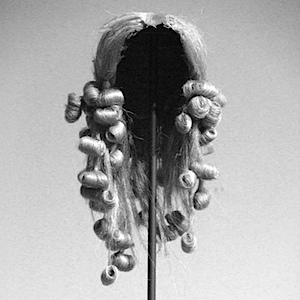
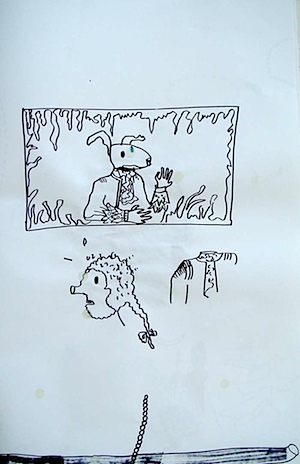
MY WIG


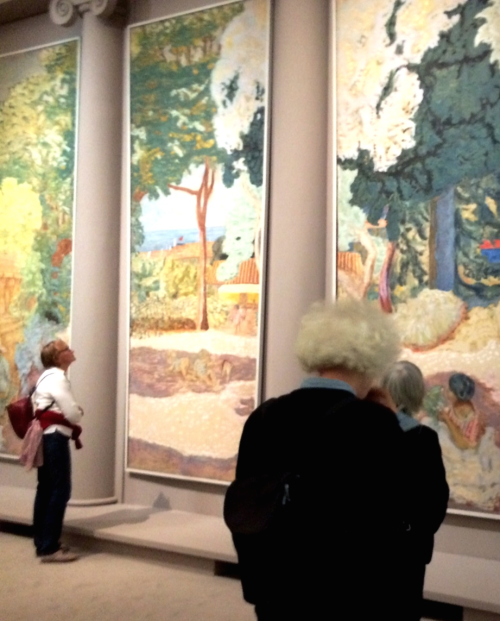
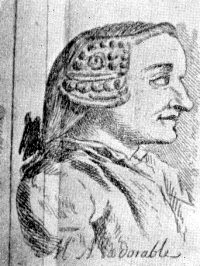
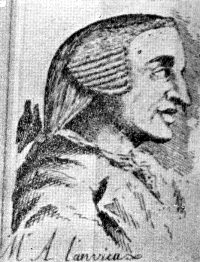
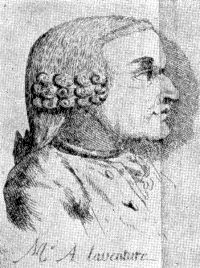
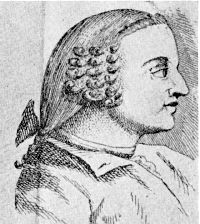
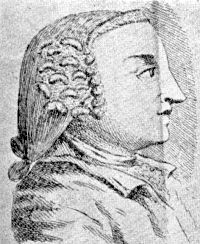
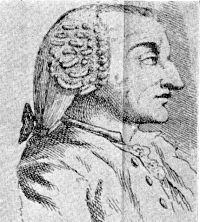
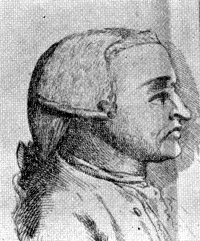
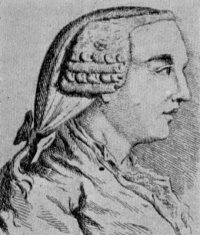
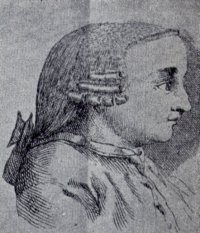
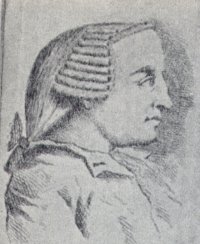
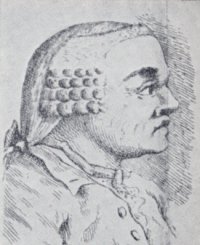
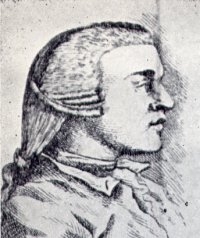
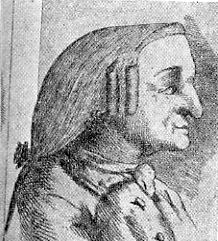
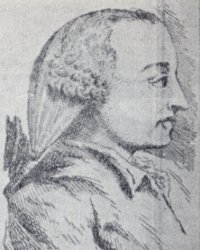
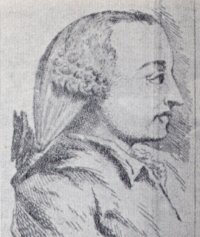
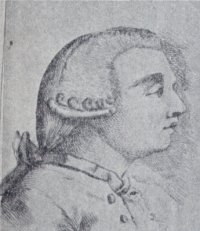
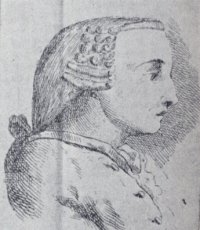
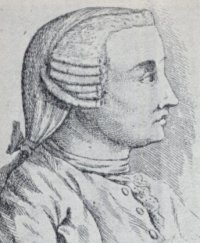
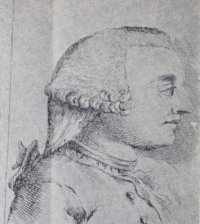
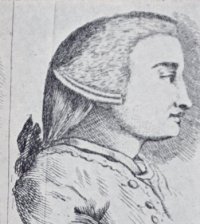
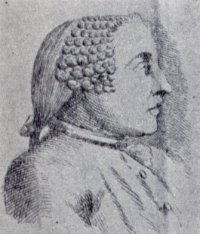
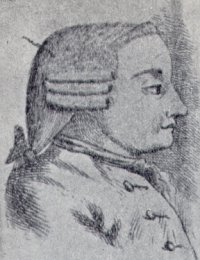
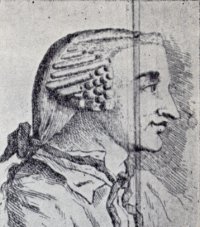
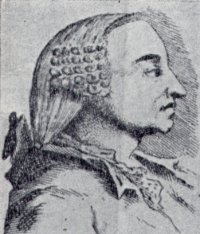

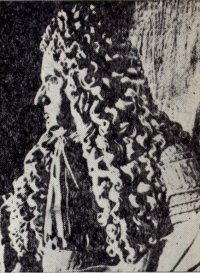
Vous devez être connecté pour poster un commentaire.